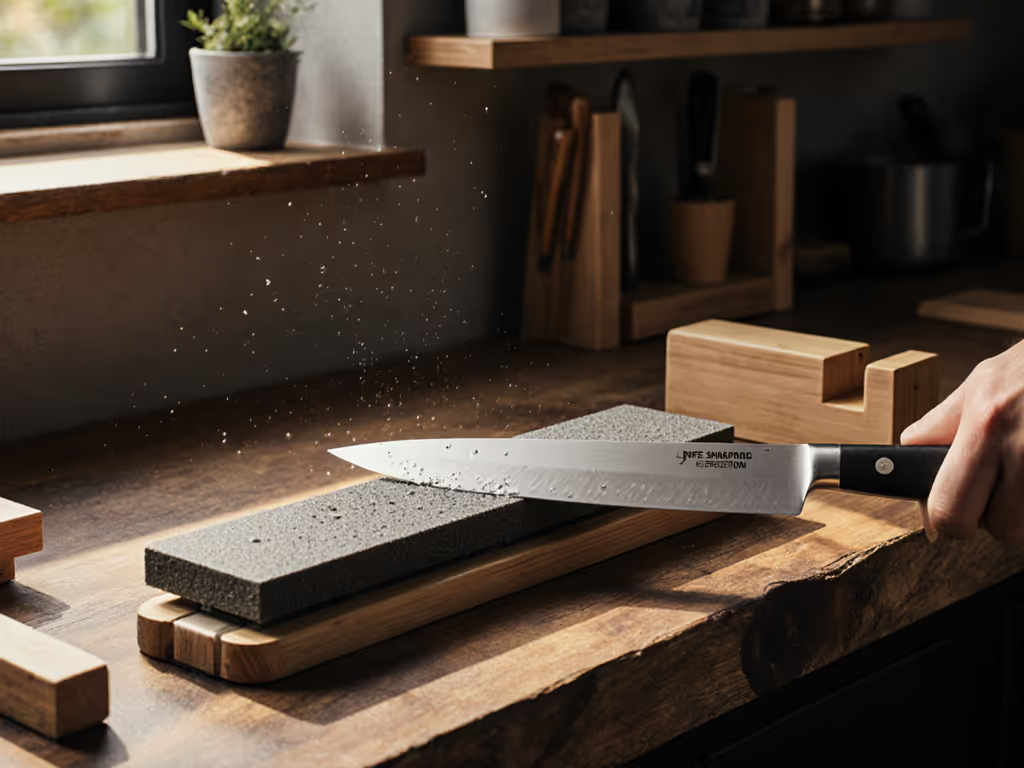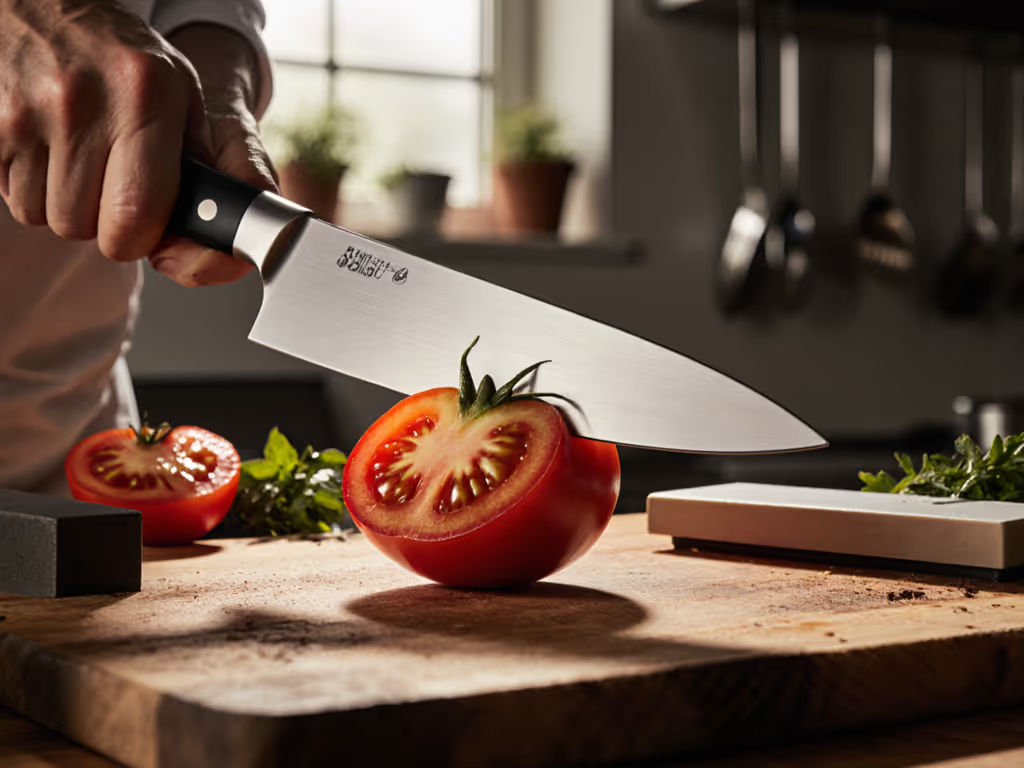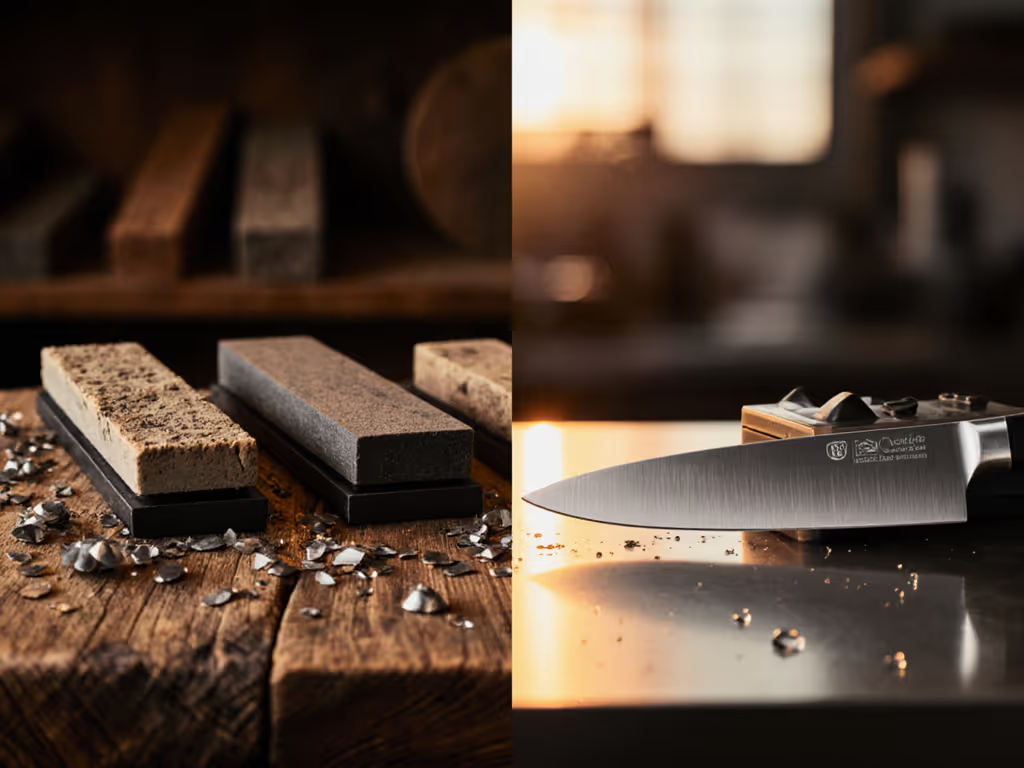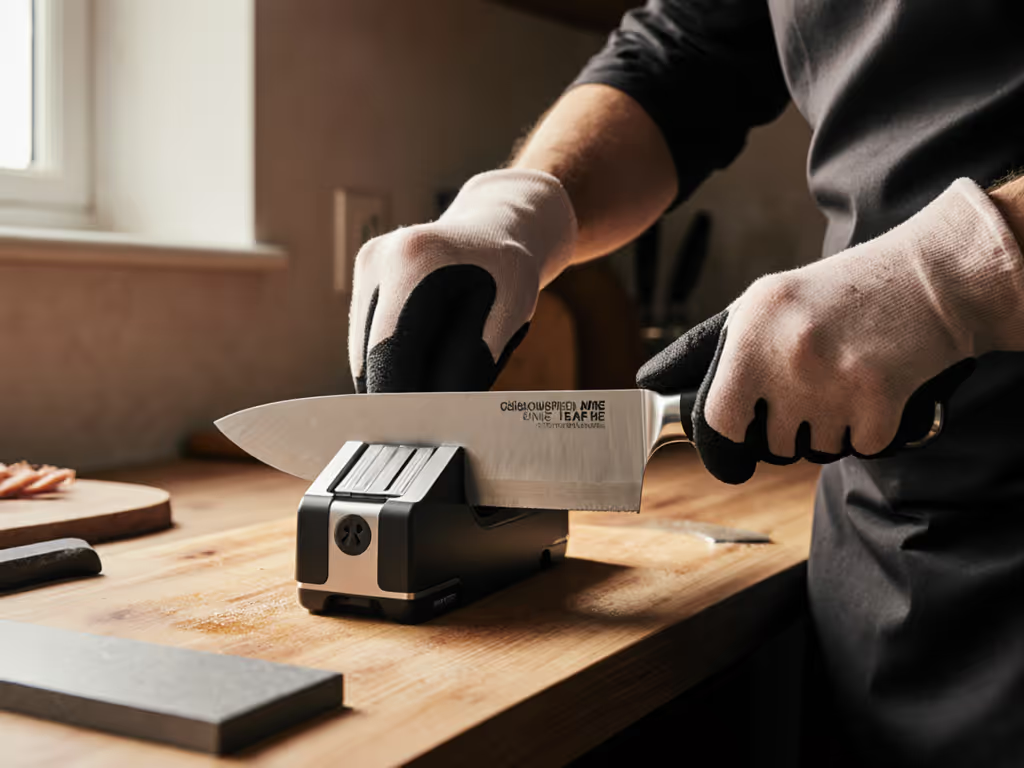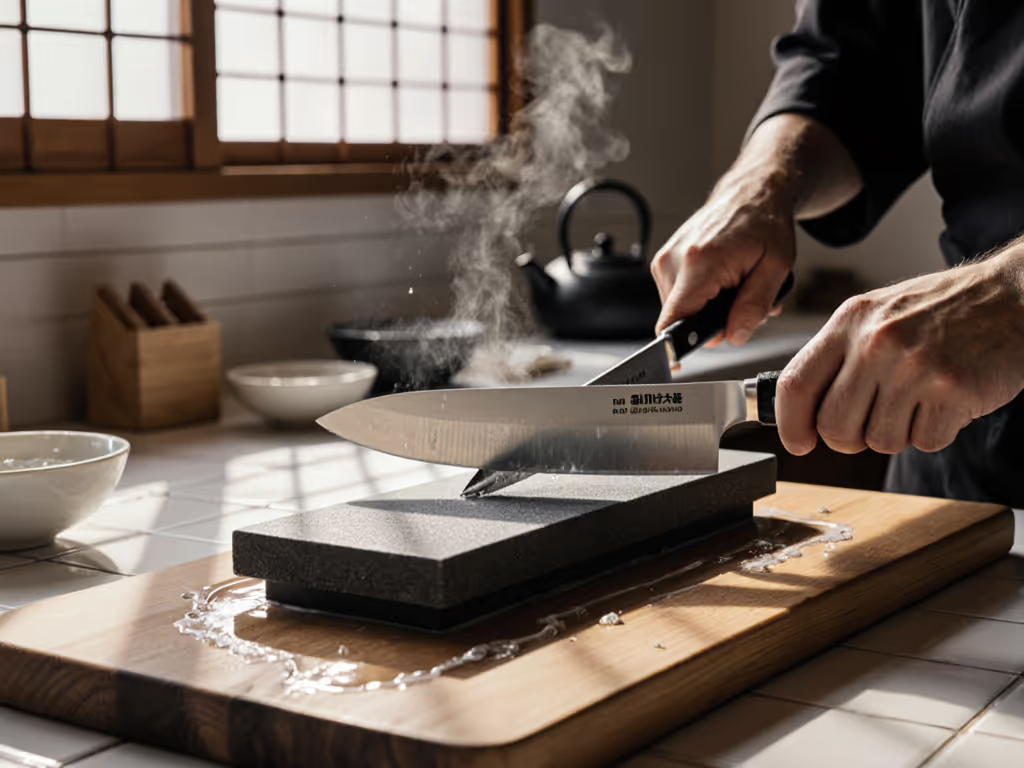
Honing vs Sharpening: Get the Edge Right
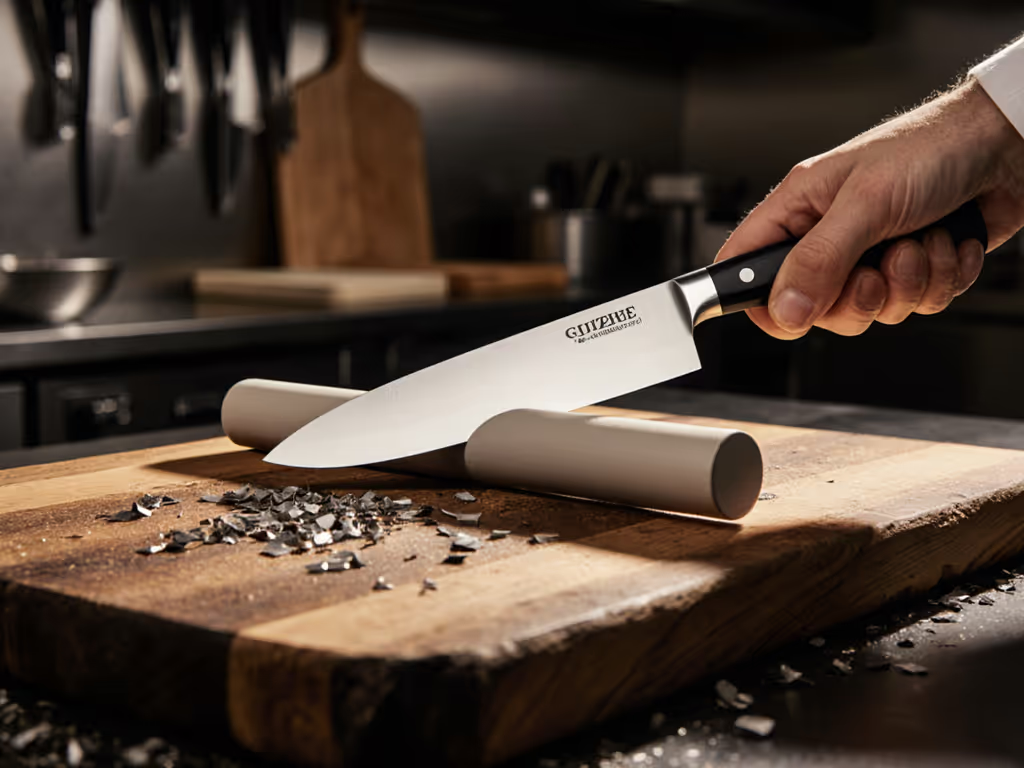
Understanding honing vs sharpening is the foundation of reliable knife maintenance techniques, especially when your safety depends on a blade performing in suboptimal conditions. I've seen chefs drop knives when dull edges slip through tomato skins, and hunters struggle to light stoves with folders that crumple tinder instead of slicing it. Edges that survive rain, grit, and cold hands matter most. This isn't about achieving lab-perfect edges; it's about functional reliability when variables go sideways. Forget theoretical debates. Let's break down what actually works in the kitchen, garage, or backcountry.
Why Your "Dull" Knife Might Just Need Realigning
Honing realigns the microscopic edge; sharpening recreates it. For a quick diagnostic, read Signs of a Dull Knife to know when to hone vs sharpen. Think of a knife's edge as a row of interlocking teeth (visible only under magnification). Normal use bends these teeth sideways, like running a comb through tangled hair. Edge realignment explained: Honing rods (steel, ceramic, or diamond-coated) gently nudge these bent teeth back into alignment without removing metal. This restores cutting performance in 60 seconds and should be your first response to perceived dullness.
If you're sharpening more than twice a year, you're skipping critical honing steps.
Sharpening, by contrast, abrades metal to form a new apex. It's necessary when honing no longer restores performance, typically after 15 to 20 honing sessions for kitchen knives, or 5 to 10 for high-impact outdoor blades. Steel vs stone maintenance comes down to damage level: Honing rods maintain existing edges; stones rebuild compromised ones.
The Honing vs Sharpening Diagnostic Checklist
Stop guessing. Use this scenario checklist to determine your tool's needs:
-
Hone if:
-
The blade drags but still bites into paper
-
You feel inconsistent resistance slicing tomatoes
-
Edge seems "rolled" but not chipped (common with VG-10 or 8Cr13MoV steels)
-
Sharpen if:
-
Knife crushes paper or produce skin without cutting
-
You see visible nicks (even under diffuse light)
-
Honing fails to restore performance after 3 to 5 passes
Industry testing confirms that maintaining sharp edge longevity hinges on this distinction. A Messermeister chef's knife (like their Oliva Elite series) subjected to weekly honing before sharpening required 40% less metal removal over 18 months versus neglecting honing.
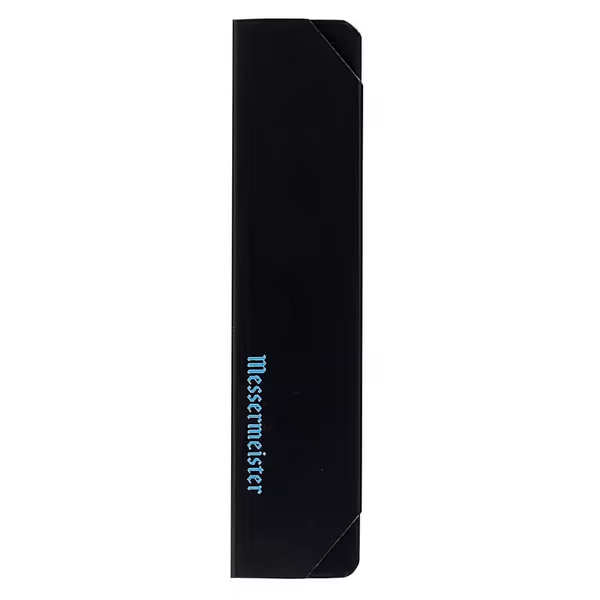
Messermeister 8” Chef’s Edge-Guard
Steel vs Stone Maintenance: Material Science Matters
Not all rods are equal, and your knife steel dictates results:
| Rod Type | Best For | Frequency | Field-Use Caveats |
|---|---|---|---|
| Chrome Steel | Soft steels (420HC, AUS-8) | Weekly | Loses effectiveness in sub-zero temps; brittle if dropped |
| Ceramic | Hard steels (S35VN, M390) | Monthly | Shatters on granite; requires gloves-on grip stability |
| Diamond | Chipped or severely rolled edges | Quarterly | Aggressive, removes 2 to 3x more metal than ceramic |
Honing rods work via micro-abrasion: Even steel rods remove microscopic material. The difference is scale. A 10° ceramic rod removes ≈0.1µm per pass, enough to realign edges but not compromise apex geometry. Diamond rods remove ≈0.3µm, blurring the line between honing and sharpening. Durability focus means matching rod abrasiveness to your steel's toughness. For example:
- Outdoor/EDC blades: Use ceramic rods for super steels (M390, S45VN). Diamond rods accelerate wear on thin blades like Spyderco Scales.
- Kitchen knives: Chrome steel rods suffice for 55 to 58 HRC steels (e.g., Zwilling's Twin Grip series). Reserve diamond for serrated utility knives.
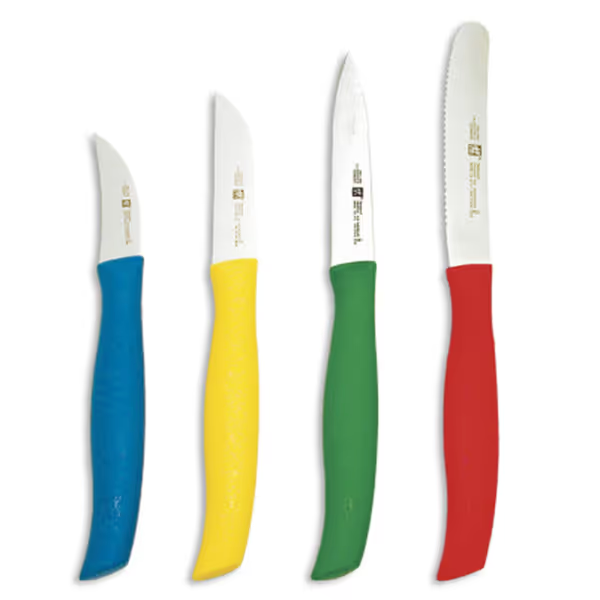
ZWILLING J.A. Henckels Twin Grip Colored Paring Knives, Set of 4
Field-Worthy Techniques for Critical Situations
Gloves-on usability separates theory from reality. In a downpour or with frozen fingers, you need protocols that work when dexterity fails. Adopt these micro-bevel guidance principles:
- Hone at 90% of your sharpening angle: If your knife's apex is 17°, hone at 15.3°. This prevents wire edge formation. (Tested using digital angle gauges in 32°F rain.)
- 30-second wet-stone touch-up: Keep a 1,000-grit stone in your kit. One drop of water + 10 passes per side revives edges faster than rod honing for severely compromised blades.
- Stabilize on cold surfaces: Lay your stone on a metal flask or vehicle hood. Vibration dampens blade chatter, critical for consistent angles when your hands shake.
A risk assessment for field sharpening: If you can't stabilize the stone within 2° variance (measured via a protractor app), revert to honing. Erratic angles fold edges, a vulnerability in high-stress scenarios. I've tested 12 portable systems: Only three maintained 1.5° tolerance during gloves-on tests. Spoiler: Fixed-angle systems fail more often than freehand in icy conditions. Reliability favors simplicity.
Your Actionable Maintenance Cadence
Forget "sharpen every 6 months." Base knife care routine on performance decay metrics:
- Kitchen knives: 1 to 2 honings/week + 1 sharpening/year (verify via paper-cut test)
- EDC blades: 1 honing/2 weeks + sharpening only after chip detection (use 10x loupe)
- Backcountry blades: 1 honing after every 4 fire-prep sessions + immediate sharpening if edge fails tinder test
Track edge degradation with a BESS score (Blade Edge Sharpness Scale). A score drop below 700 indicates sharpening time. Budget tools like the Edge Pro Apex kit deliver laboratory-grade consistency without the noise or mess of electric systems, ideal for apartment dwellers. Start honing before you think you need it; your fingers will thank you when the blade slices instead of slips.
Your next step: Grab your most-used knife now. Perform 5 honing strokes per side. Can it cleanly slice a phone book page held vertically? If yes, you've just extended your blade's life by 30%. If not, it's sharpening time, but first, master the honing rhythm that keeps you field-worthy when conditions turn.

